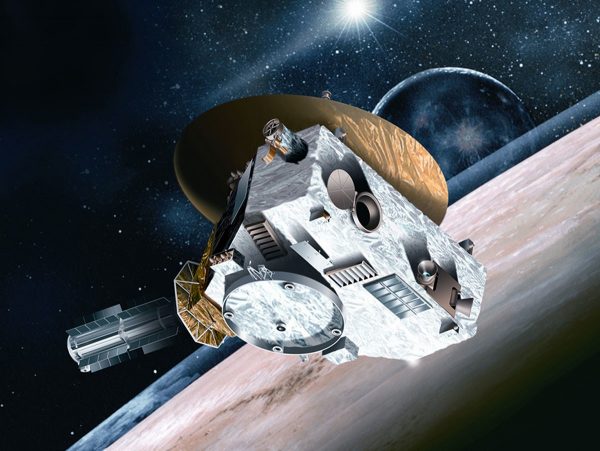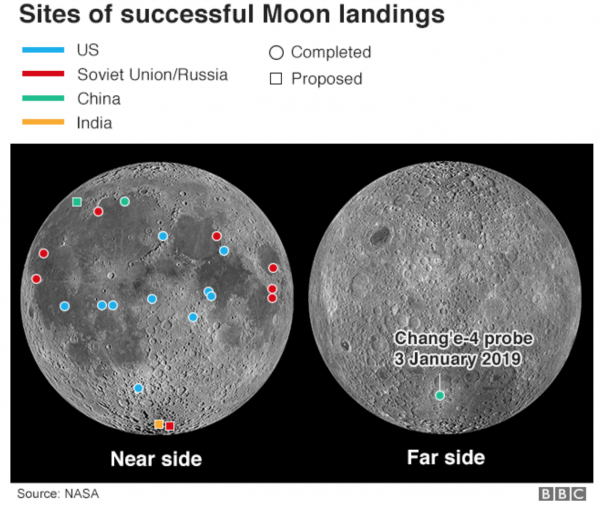
Photo: Johns Hopkins University Applied Physics Laboratory /SWRI
The holiday break proved to be a big one for space exploration as NASA’s New Horizons spacecraft reached the outer edges of our universe and China’s Chang’e-4 rover landed on the far side of the moon, launching China’s space program into a new era of exploration
As Wired explained, on New Years’ Eve, following a 13-year trip to deep space, NASA’s New Horizons spacecraft made a close pass of Ultima Thule, a small, icy world drifting 4 billion miles from the sun in the unexplored “third zone” of our solar system. The probe zipped by at upwards of 31,000 miles per hour, about the same speed it was going when it passed Pluto in 2015. But Pluto is 100 times the size of Ultima, which measures just 20 miles long. So New Horizons had days to capture photographs and spectrographic readings of the former planet, but for this smaller cosmic quarry, it only had a matter of minutes. New Horizons’ visit was brief, but momentous: The mission’s success makes Ultima Thule by far the most distant object ever to be imaged up close.
Then BBC reported on China’s mission noting that the landing of the Chang’e-4 robotic rover at1 0:26 Beijing time (02:26 GMT) last Thursday represents a huge stride for China and represents the first ever such attempt and landing on the far side of the Moon, which has distinct characteristics to the near side we can see from Earth. Ye Quanzhi, an astronomer at Caltech, told the BBC this was the first time China had “attempted something that other space powers have not attempted before”. Landing on the far side isn’t fundamentally different to landing on the near side of the Moon. But it presents a communications challenge because there’s no direct line of sight to Earth. Although there have been numerous attempts to land crafts on the far side of the moon, this is the first successful one. See the photo below to get an idea of how remarkable this feat truly is:

Why This Matters: These two crafts have reached parts of our solar system that have not previously been explored. In the case of Chang’e-4, the craft hopes to explore a place called the Von Kármán crater, located within the much larger South Pole-Aitken (SPA) Basin – thought to have been formed by a giant impact early in the Moon’s history. Additionally, scientists hope to perform low-frequency radio astronomy on the far side of the moon, because it’s shielded from the radio noise of Earth. Additionally, Ultima Thule is the most closely observed object of this distance (it’s 1 billion miles beyond Pluto and 4 billion miles from Earth) and lies in the Kuiper Belt, known as the Twilight Zone, which is beyond the orbit of Neptune. Humans have never explored a world so distant and scientists hope it can shed some light on the early stages of our solar system. The course of humanity is charted on a timeline of expedition, we’ve always been explorers at heart and new advancements in science and technology are creating new possibilities to understand the origins of our universe.

January 5, 2019 » China, NASA, space exploration


